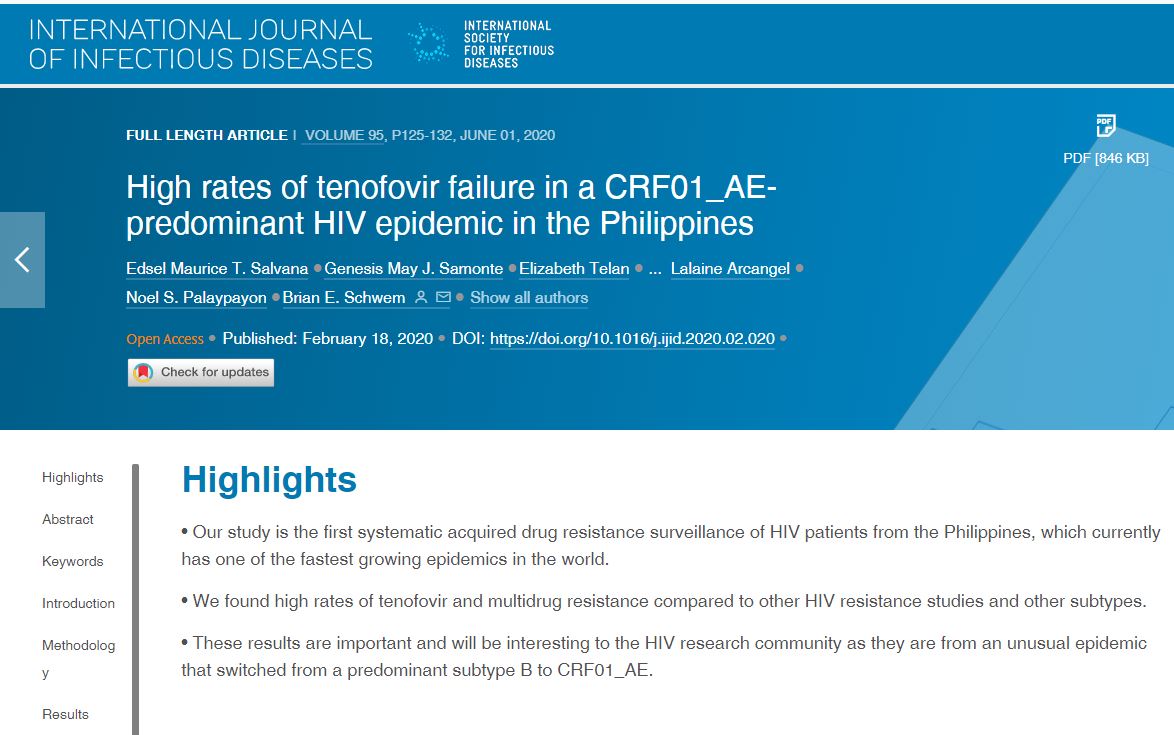The Philippines has the fastest growing HIV epidemic in the Asia-Pacific. This increase was accompanied by a shift in the predominant HIV subtype from B to CRF01_AE. Increasing evidence points to a difference in treatment responses between subtypes. We examined treatment failure and acquired drug resistance (ADR) in people living with HIV (PLHIVs) after one year on antiretrovirals (ARVs).
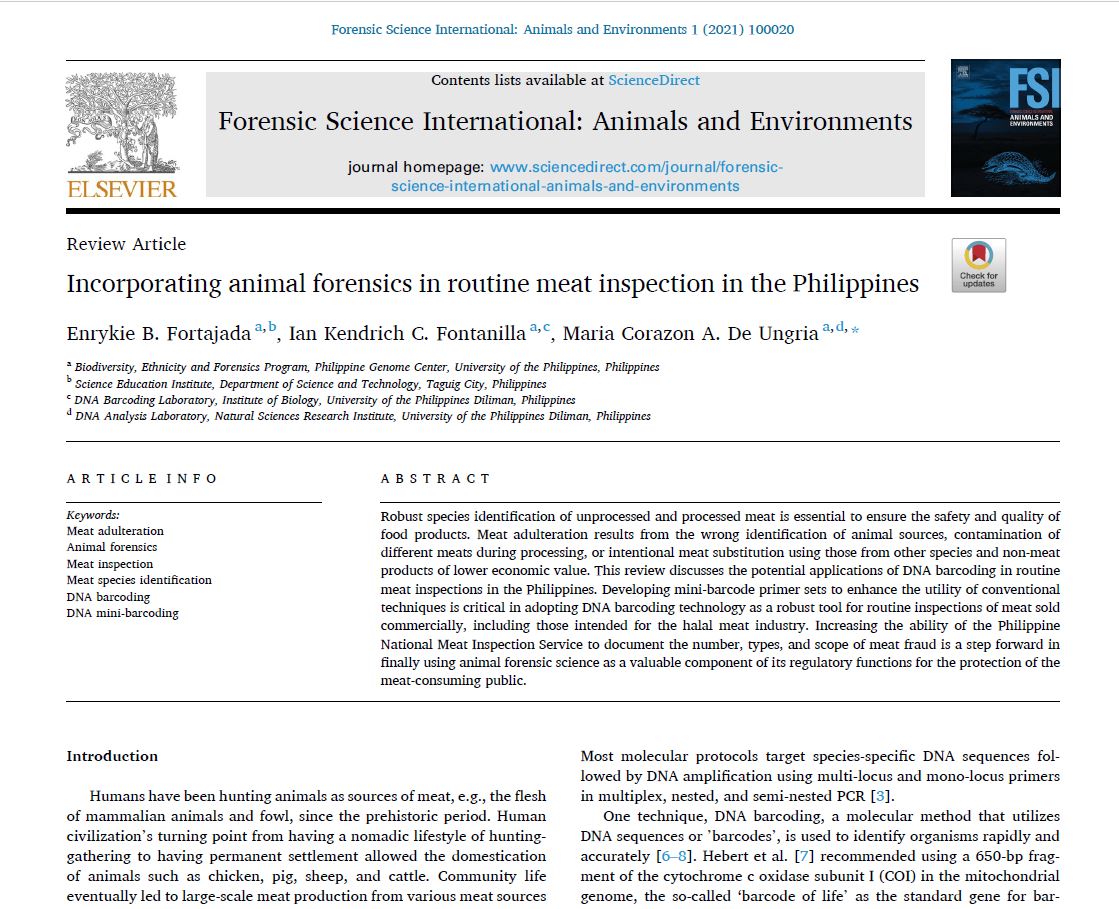
Incorporating animal forensics in routine meat inspection in the Philippines
Developing mini-barcode primer sets to enhance the utility of conventional techniques is critical in adopting DNA barcoding technology as a robust tool for routine inspections of meat sold
commercially, including those intended for the halal meat industry.

Nutritional properties and phenolic acid profile of selected Philippine pigmented maize with high antioxidant activity
Ten (10) accessions of pigmented maize collected from the various regions in the Philippines with the highest antioxidant activity were evaluated for several chemical and nutritional parameters such as proximate composition, carbohydrate profile (starch, amylose and amylopectin contents), phenolic acid, mineral (iron and zinc) and food energy contents.
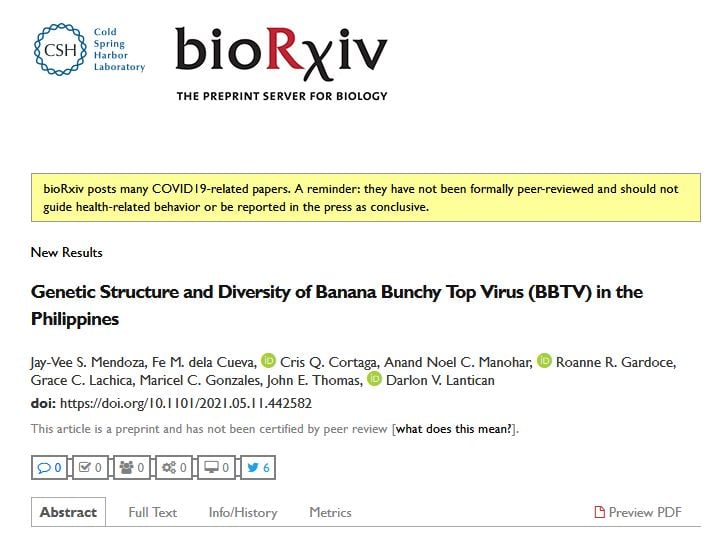
Genetic Structure and Diversity of Banana Bunchy Top Virus (BBTV) in the Philippines
Banana bunchy top virus (BBTV) is an important disease of banana in the Philippines and in other banana-producing countries. This study was conducted to investigate the genetic structure and diversity of Philippine BBTV isolates which remain unexplored in the country. BBTV-infected plant tissues were sampled from banana-growing provinces (i.e., Cagayan, Isabela, Quirino, Batangas, Laguna, Rizal, Quezon, Palawan, Cebu, Leyte, and Davao del Sur) and the partial DNA-R gene of BBTV was sequenced.
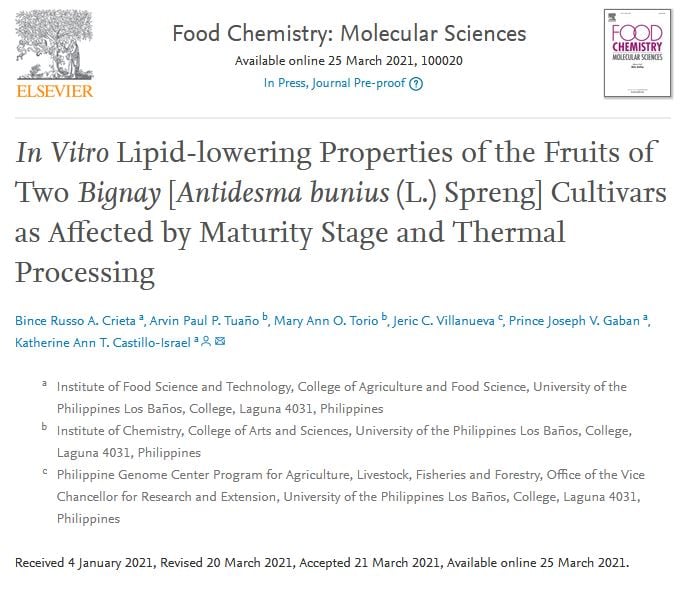
In Vitro Lipid-lowering Properties of the Fruits of Two Bignay [Antidesma bunius (L.) Spreng] Cultivars as Affected by Maturity Stage and Thermal Processing
Bignay [Antidesma bunius (L). Spreng] fruit contains an array of polyphenols and information on how these bioactive compounds vary with cultivar type, maturity stage, and process treatment are unclear. Also, the effects of these variations on the lipid-lowering potential of this Philippine indigenous berry have not been reported.
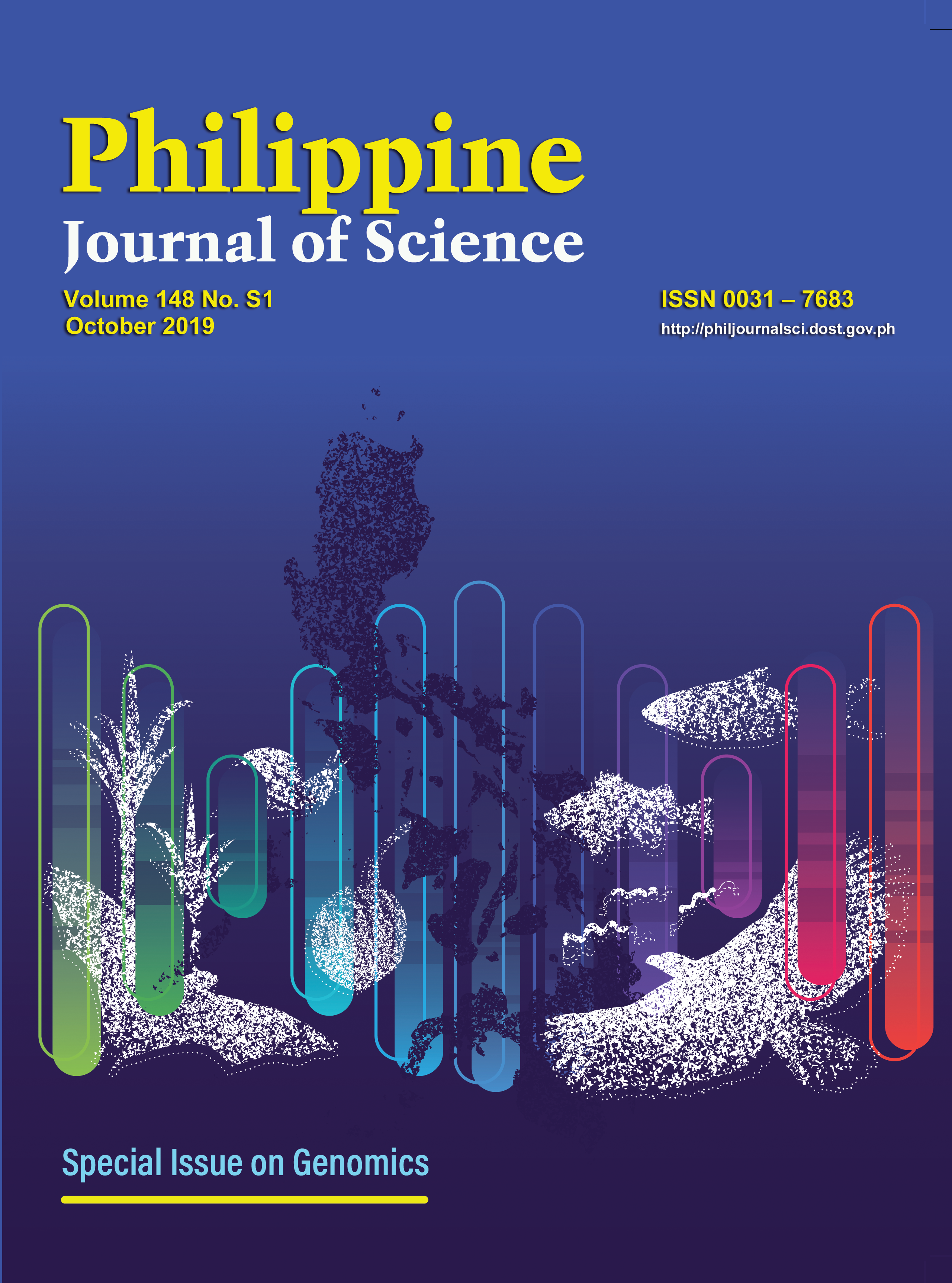
Philippine Journal of Science Special Issue on Genomics
This special issue’s cover is accompanied by the different species covered by the studies in this journal.
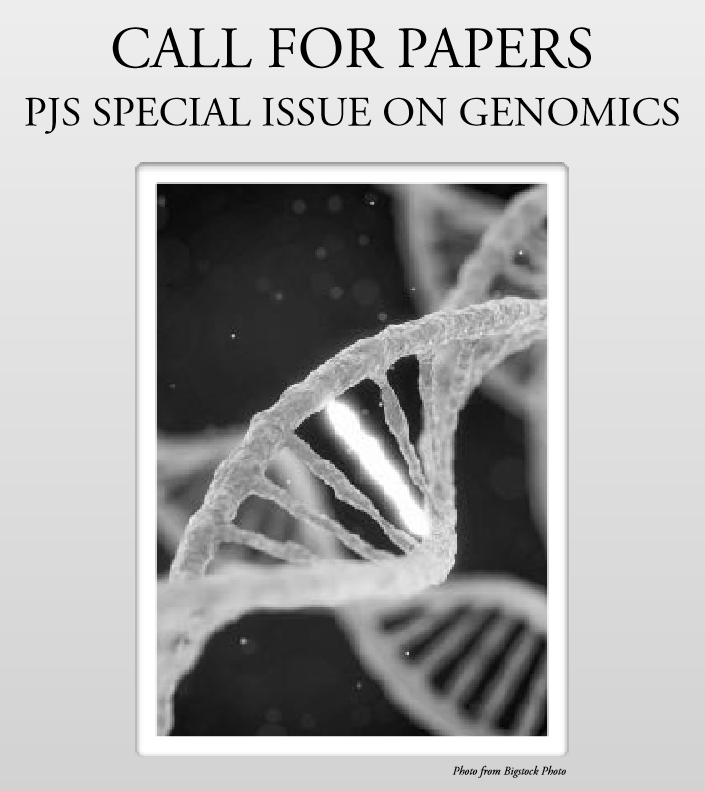
Call for Papers: Philippine Journal of Science Issue on Genomics
The Philippine Journal of Science is now accepting submissions for a special issue on Genomics, dedicated to exploring the application of ‘omics technology and bioinformatics in the country, covering all areas of biological investigation, including but not limited to health, agriculture, biodiversity, ethnicity, and forensics.

Comparison of Two Massively Parallel Sequencing Platforms using 83 Single Nucleotide Polymorphisms for Human Identification
The potential of Massively Parallel Sequencing (MPS) technology to vastly expand the capabilities of human identification led to the emergence of different MPS platforms that use forensically relevant genetic markers.

MicroRNA inhibition fine-tunes and provides robustness to the restriction point switch of the cell cycle
The restriction point marks a switch in G1 from growth factor-dependent to growth factor-independent progression of the cell cycle. The proper regulation of this switch is important for normal cell processes; aberrations could result in a number of diseases such as cancer, neurodegenerative disorders, stroke and myocardial infarction.

A bioinformatics survey for conotoxin-like sequences in three turrid snail venom duct transcriptomes
David Thomas T. Gonzales, Cynthia P. Saloma
The repertoire of venom peptides produced by Conoidean snails has shown to be useful for therapeutic and neuropharmacologic applications.

